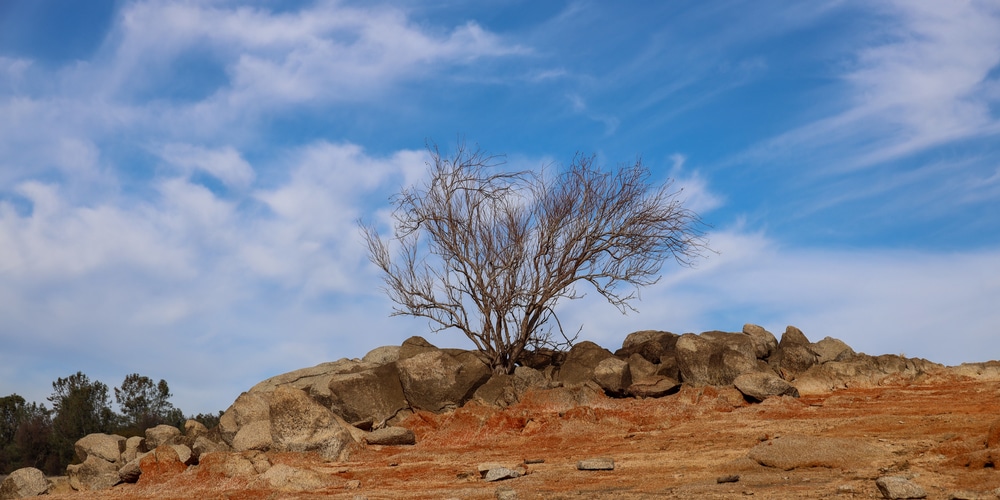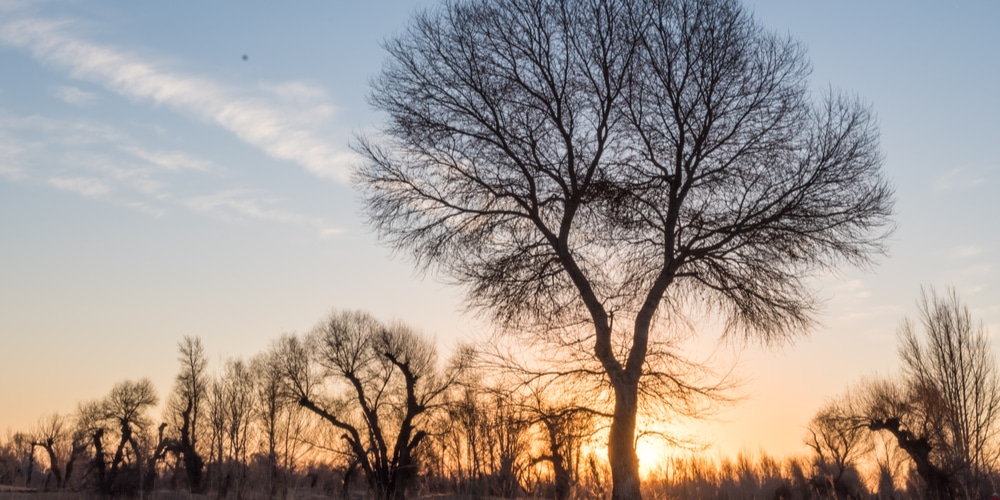You might be curious as to whether or not the desert willow tree can live in the cold. These trees are popular in yards and landscaping. But you may be wondering what a desert willow tree looks like in winter.
Those who have their curiosity piqued should read on and find out if desert willows can survive the winter seasons.
What Does the Desert Willow Look Like in Winter?
The Desert Willow hails from the begonia family and is named as such because of its willow-like leaves. It’s a low-growing deciduous tree that’s native to Mexico and the Southwestern part of the US.
As a deciduous plant, the desert willow will shed its leaves upon the arrival of fall and will look bare in the winter season. The leafless appearance of the desert willow tree in winter will make it look like it’s dead, but it will grow right back as soon as spring starts.
It’s worth noting that the plant’s bare branches will produce papery thin and pencil-sized pods or fruits during the cold weather, and its presence attracts and feeds songbirds and similar wildlife. So, if you want a winter show you can look forward to, then it’s recommended that you plant a desert willow in your yard.
The fast-growing deciduous tree can grow up to 18 feet in height and sport a similar spread, with weeping and upright varieties depending on your landscape preference. You can also choose the flower color you want, which ranges from lavender, deep purple, white and pink. The blooms are shaped like trumpets and are favorites among hummingbirds, butterflies, and bees.
What Months Do Desert Willow Trees Lose Their Leaves?
Chilopsis linearis will wait until the winter before shedding its leaves. The tree’s canopy, which is made up of long and silver-green foliage, tends to stay until the very last moment in fall before giving it up and remaining bare throughout the cold season.
Curiously enough, the desert willow will instinctively lose its foliage even when it’s in a greenhouse and frost-free climate. Leaf drop may begin in October or November, and the tree tends to stay that way for about 5 to 6 months.
With a desert willow, you won’t have to worry about premature leaf drop due to not enough watering or the environment. It’s a very resilient tree that can usually survive on its own even when there’s little rainfall.
However, you’ll want to plant your desert willow tree where it can get full sun and well-draining soil. Once established and entering its second or third year, you won’t have to worry about meeting the soil condition or type for your plant.
Can Desert Willow Trees Survive Winter?
The short answer is yes, desert willows can live through cold winters as long as they’re planted in the recommended USDA growing zones.
The Desert Willow Tree thrives in dry and hot regions and is rated to grow in zones 6 through 9. The southwestern states won’t have any problems growing the tree, while those who live in zones 5 and below will likely struggle, especially when the first frost hits. That said, it’s recommended that you only consider having a desert willow tree in your yard or landscape if you’re within zones 6 to 9.
Once the desert willow loses its leaves the tree enters a dormant state. During this time, you can leave it alone and the plant will grow back at the first sign of spring. Pruning can wait until then. You should remove dead branches and you can trim your tree to the shape or size you want.
Desert willows are hardy and can be severely pruned. Within weeks you’ll have a thriving and bushy shrub that seems to grow even stronger. You should pick a location that gets full sun. The tree needs regular watering in its early years, but as it matures you won’t have to worry about constant irrigation.
As far as soil medium is concerned all you need is a well-draining sandy or rocky soil, and your desert willow tree should feel right at home. Fertilization is a matter of preference- the desert willow will welcome any nutrient that comes its way, but fertilizing is not a strict necessity nor a requirement.
Related Article: How Short Can You Cut A Weeping Willow?

